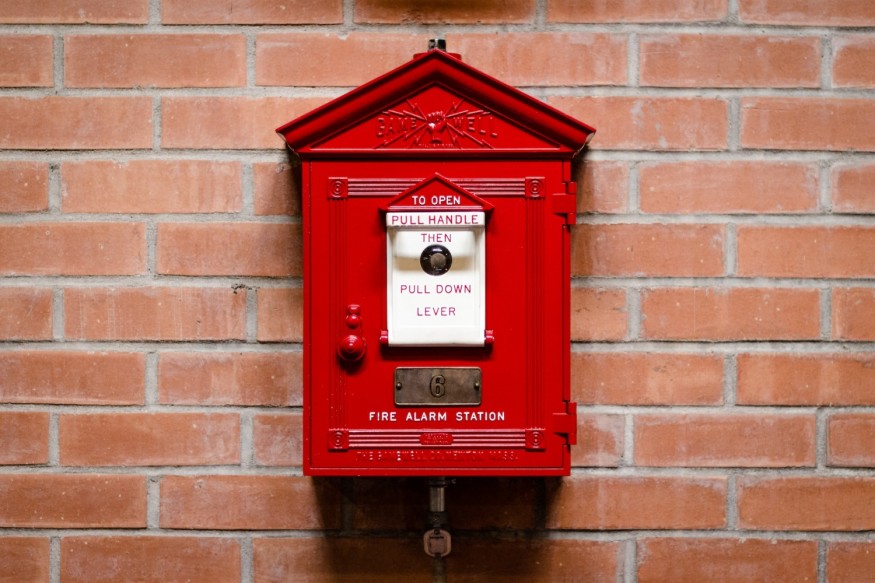
Implementing a fire alarm system within your house or company building is essential to help avoid disasters. Besides ensuring early fire detection, a fire alarm also provides insurance discounts and 24/7 monitoring to prevent smoke inhalation at any given time. However, these systems must be tested and monitored frequently to establish their performance and ensure they're working.
Here are some untold tips regarding fire alarm testing.
Fire alarm testing regularity
Before starting the actual testing, it's important to know how often fire alarms should be tested. According to BS 9991 and BS 9999, the codes for practice for fire safety in residential and non-residential buildings, fire alarms are best tested weekly through a simple procedure. At the same time, a professional must conduct an in-depth inspection every six months. A fire alarm testing template can come in handy in such situations. It covers critical aspects of an audit, such as the condition of the batteries from the system, their connections and even photographs relevant to the report.
Besides the regular testing, it's also recommended to conduct a 6S audit regularly. This type of audit is used as an effective tool for lean manufacturing and can help identify any problems with the fire alarm system. It covers aspects like safety, maintenance, storage and organization in order to ensure that all areas are operating correctly and efficiently. A 6S audit template can be used to keep track of all the necessary data and make sure that nothing is overlooked during the process. With this kind of audit, you can guarantee your fire alarm system will always perform at its best when needed most.
Steps carried out in fire alarm testing
There are a few steps that should be carried out when testing a fire alarm, such as the following:
Reading instructions from the manufacturer's guide;
Ensuring the fire alarm is connected to an ARC (Alarm Receiving Centre);
Providing a manual call point reset key;
Recording the test and including the zone and call point that was tested;
Manually activating a call point;
Resetting the manual call point after the alarm sounds start;
Confirming that the call point address and zone are correct art the fire alarm control panel;
Testing a different call point each week;
Companies would also need a 6s audit template to cover different areas for improvement. This template can help identify unsafe conditions, such as fire hazards and check them for development, which is essential for lean manufacturing organisations.
Apart from testing the fire alarm system, it is important to take safety precautions in case of an emergency. Fire extinguishers should be placed in strategic locations near exits and fire alarms should be equipped with back-up batteries to prevent power failure. In addition, all personnel should be trained on how to manage any emergency such as a fire breakout.
Fire alarm maintenance and recording
All tests, maintenance, and repairs must be recorded in a logbook. The system must meet BS 5839 Standards for fire detection and alarm systems for buildings, so the following aspects must be included in the weekly report:
The date and time of the actual and practice alarms;
The date and time of faults and the actions taken;
The date of system tests;
The date of servicing;
The date and time regarding disconnection;
System alterations;
When testing out alarms, it's essential to try and avoid false ones because they can cause unnecessary risks. The possibility of a false alarm can be reduced by choosing the right type of system depending on the building it was required for. At the same time, the fire alarm system must be maintained frequently to work correctly. When a false fire alarm happens, it's crucial to investigate why that happened.
A common mistake that occurs when testing a fire alarm system is not trying different call points each week and not documenting the test in the fire alarm log book. Knowing how to use the key and resetting it every time is a staple to fire alarm testing.
Bottom line
Testing a fire alarm is easy but must be done frequently to ensure the system is in good condition. So, doing weekly testing is enough to extend the device's life and ensure safety and security within a building.











